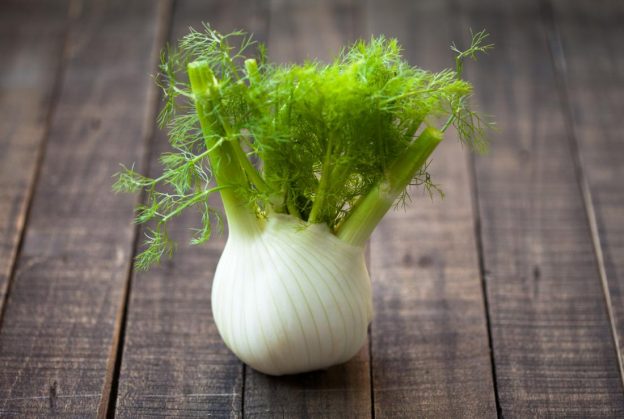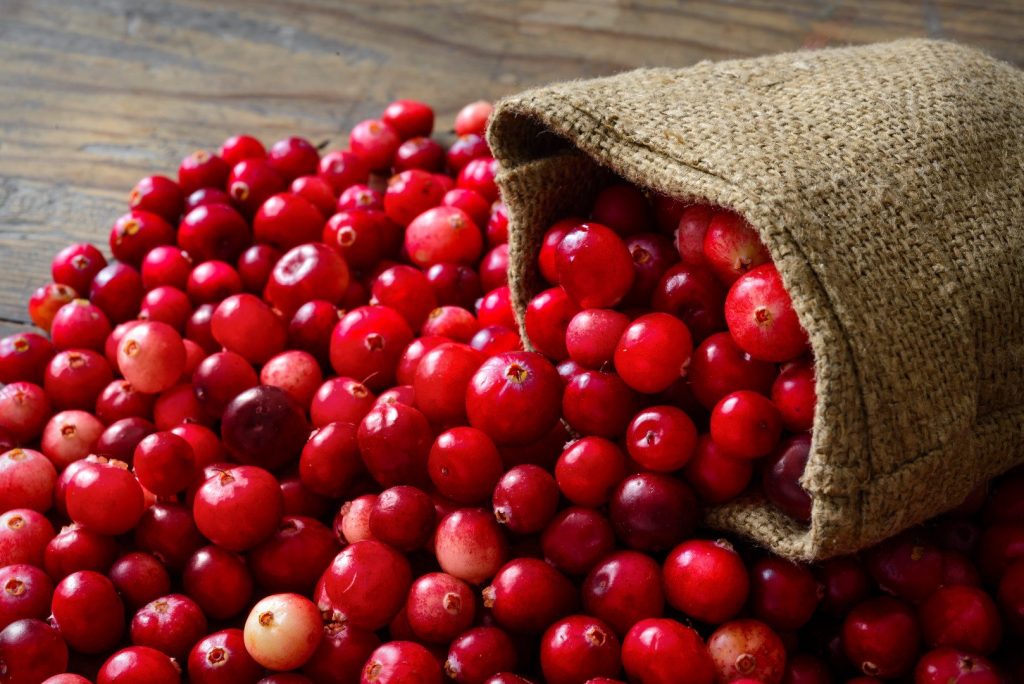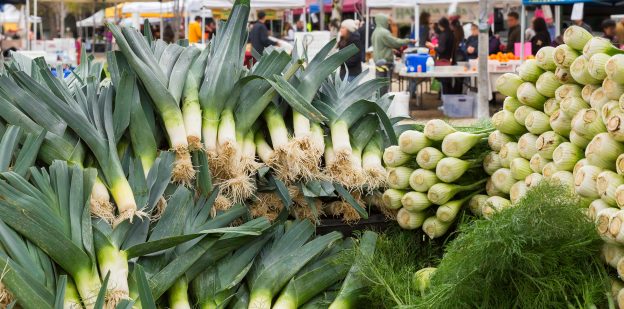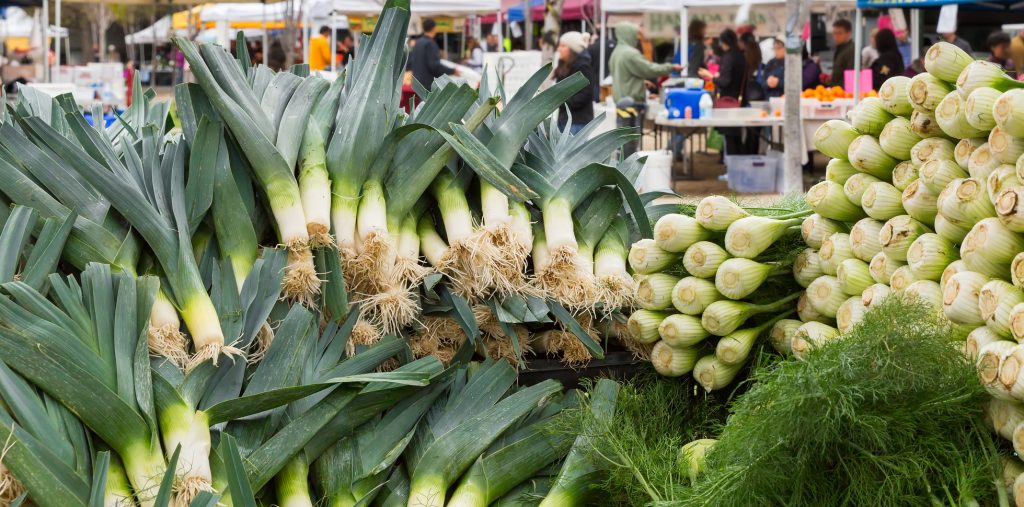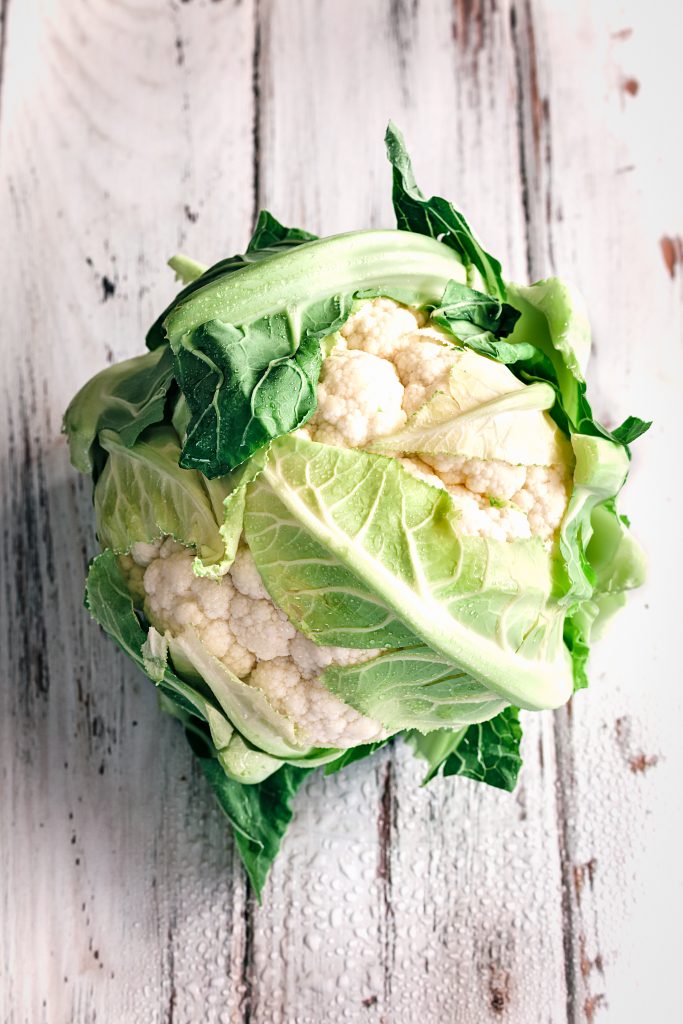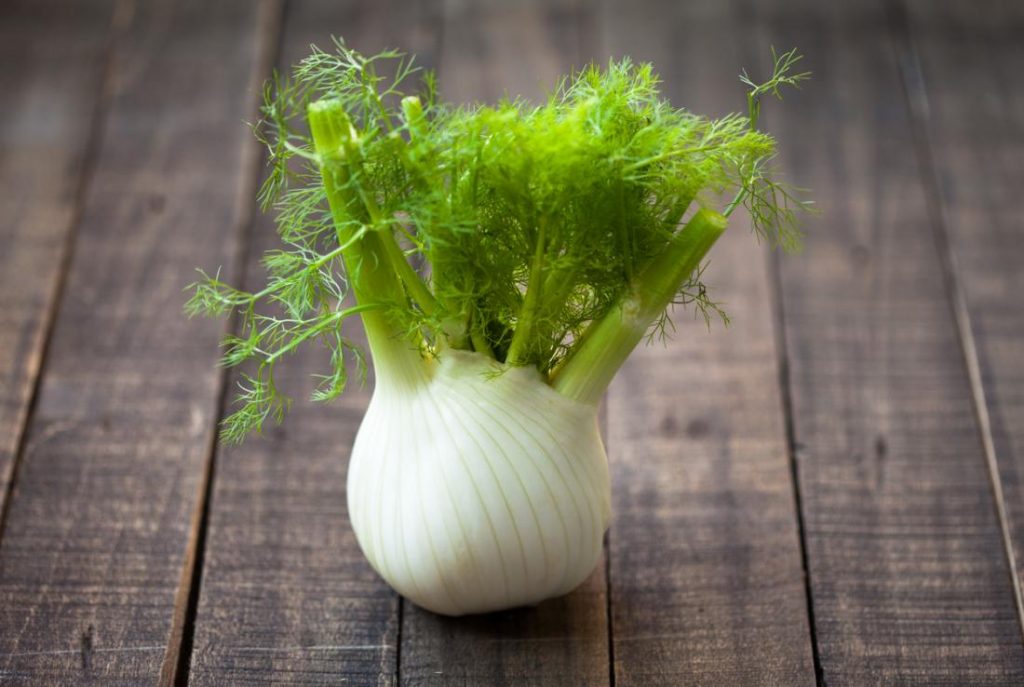
#thursdaythrive
All about Fennel
– It’s fennel’s aroma, similar to anise and star anise, but, less pungent. Commonly used in alcohol, fennel is one of absinthe’s three main ingredients.
– There are two varieties of fennel: grown and wild. The grown variety comes with an edible part called the heart, basically at the root of its leaves, sweet and less pungent compared to wild fennel.
– Its seeds are used in herbal teas, but the entire vegetable can be juiced for a healthy snack.
– The little flowers of the wild fennel, the trunk is 2 meters high, are yellow and shaped like umbrellas; you can pick them when they bloom and use them in essential oils, fresh or dry.
